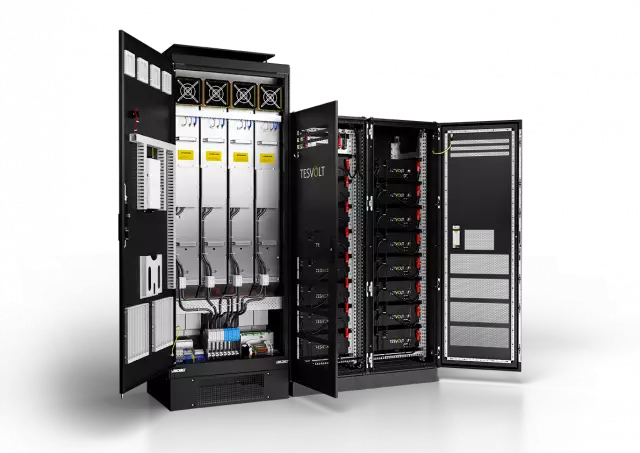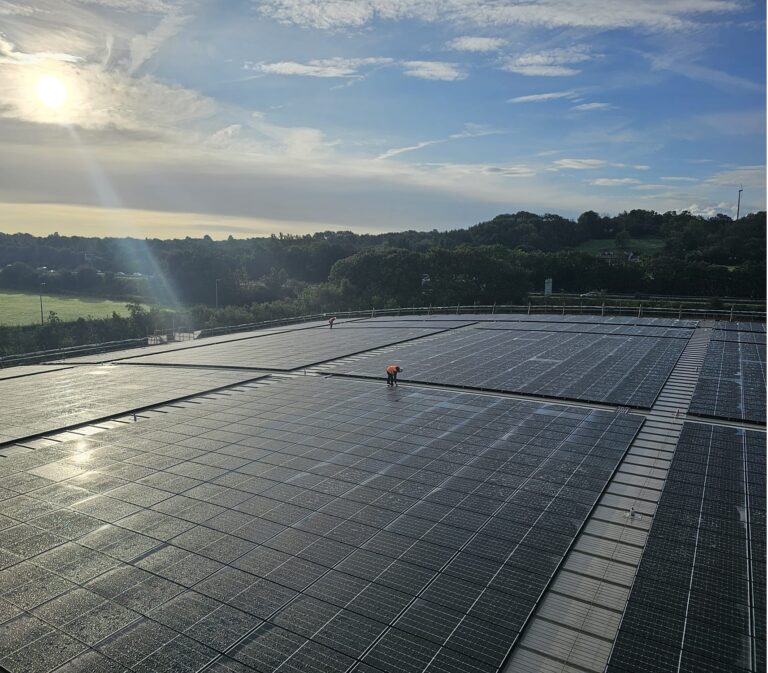Solar Panel Energy Trends to Watch in 2025 Shaping the Future of Power Generation
The global energy landscape is undergoing a seismic shift, and solar PV power is at the heart of this transformation. As we head into 2025, the solar energy sector is poised for unprecedented growth, driven by solar PV technological advancements , evolving energy policies, and the urgent need for cleaner energy solutions. Here’s a closer look at the key trends shaping solar panel energy in 2025 and beyond.

For the first time in history, solar PV generated power is projected to rival oil in annual primary energy growth, with an estimated addition of 600 terawatt-hours (TWh) in 2025.
What makes this milestone even more remarkable is solar PV superior efficiency compared to crude oil, delivering two to three times more useful energy.
This positions solar PV power as a critical player in meeting the world’s growing energy needs while significantly reducing carbon emissions.
However, challenges remain. Falling capture prices for solar PV energy could dampen profitability, but there is a silver lining.
Record-low costs for battery energy storage systems, (BESS), provide a much-needed counterbalance, enabling better energy storage and distribution to support round-the-clock power demands.
Solar PV Growth to Match Oil’s Energy Contribution
The solar PV and battery energy storage markets are expected to remain oversupplied in 2025, creating both challenges and opportunities for industry stakeholders.
While oversupply could pressure prices, it also encourages further adoption of solar PV technology as costs drop. For consumers and businesses, this translates into more affordable access to commercial solar systems and storage solutions, accelerating the transition to renewable energy.
Additionally, advancements in battery energy storage system, BESS, technology will make it easier to store excess solar PV power, solving intermittency issues and boosting grid reliability. These breakthroughs are particularly timely as global power demand surges due to industrial decarbonisation, the rise of electric vehicles (EVs), and the rapid expansion of energy-intensive data centres as the uptake of AI super computers increases.
Oversupply in Solar PV and Battery Energy Storage Markets

The Impact of Industrial Decarbonisation, Data Centre and EV Expansion
Global power demand is entering a period of accelerated growth, driven by three major factors:
Industrial Decarbonisation:
Industries are ramping up efforts to reduce emissions, creating a surge in demand for renewable energy power sources like solar.
EV Adoption:
The widespread adoption of EVs is pushing electricity consumption to new highs, with more charging infrastructure relying on solar PV power for clean energy delivery.
Data Center Growth:
By 2030, global electricity demand from data centres is expected to double, reaching 860 TWh. As a result, tech companies have become some of the largest players in the power purchase agreement (PPA) market, securing long-term access to carbon-free power, including solar panel energy.
These trends underscore the need for rapid expansion in renewable energy power capacity. In 2025, solar and wind capacity is expected to grow by nearly 1,000 TWh, setting a new record and catering to the increasing energy demands of a decarbonising world.
Europe’s carbon market is set to undergo significant changes in 2025, with the accelerated phaseout of free carbon allowances and the implementation of the Carbon Border Adjustment Mechanism (CBAM).
These measures will put a price on carbon-intensive imports, incentivising industries to shift toward cleaner energy technologies.
This policy evolution is expected to drive investment in low-carbon hydrogen projects and carbon capture, utilisation, and storage (CCUS).
Solar photovoltaic PV panels energy will play a complementary role, providing the renewable power needed to fuel these low-carbon initiatives while supporting the EU’s broader decarbonisation goals.
The EU’s Carbon Market: A Catalyst for Solar PV Panels Growth
While solar and wind are leading the renewable energy power charge, baseload power remains critical for round-the-clock electricity supply. In response, some tech companies are signing agreements to purchase power from conventional nuclear plants, while others are exploring innovative small modular reactor (SMR) technologies. Although SMRs have higher development costs and unproven technical feasibility, their potential as a reliable, low-carbon energy source is attracting interest.
At the same time, regional biofuel markets are showing signs of recovery as blending obligations take effect, offering another avenue for decarbonisation. However, given the growing urgency to reduce CO2 emissions, the priority remains on scaling renewable energy power sources like solar photovoltaic PV panels and wind to meet increasing global energy demands.
Biofuels and Baseload Power Diversification

Solar Panel Energy and the Path Forward
The future of solar panel energy looks brighter than ever, with 2025 set to be a landmark year for growth and innovation. Falling costs for solar PV systems and battery energy storage, combined with supportive energy policies and surging demand for clean power, are driving a rapid expansion of commercial renewable energy power capacity worldwide.
As industries, governments, and consumers increasingly prioritise sustainability, solar panel energy will remain a cornerstone of the global energy transition. By addressing challenges such as oversupply and falling capture prices, the solar sector is well-positioned to meet the world’s energy needs while reducing its carbon footprint.
Final Thoughts
Solar panel energy in 2025 will not only transform how we generate and consume power but will also redefine the global energy market. Excel Energy is proud to be at the forefront of this transition, delivering cutting-edge commercial solar PV solutions and battery energy storage systems, BESS, to support businesses, landlords, and public sector organisations in achieving their sustainability goals. Together, we can harness the power of the sun to build a cleaner, greener future.
